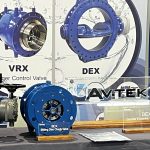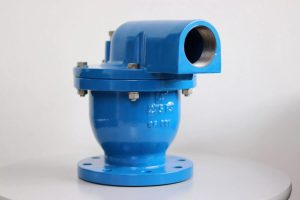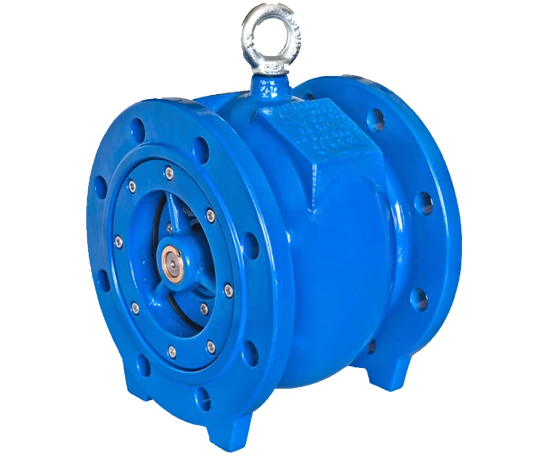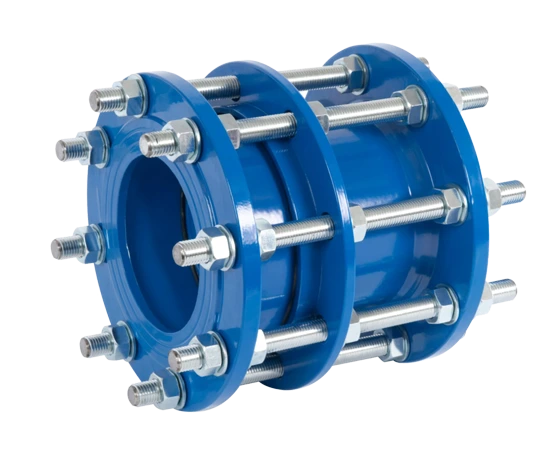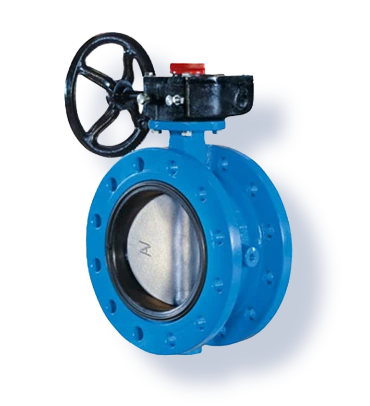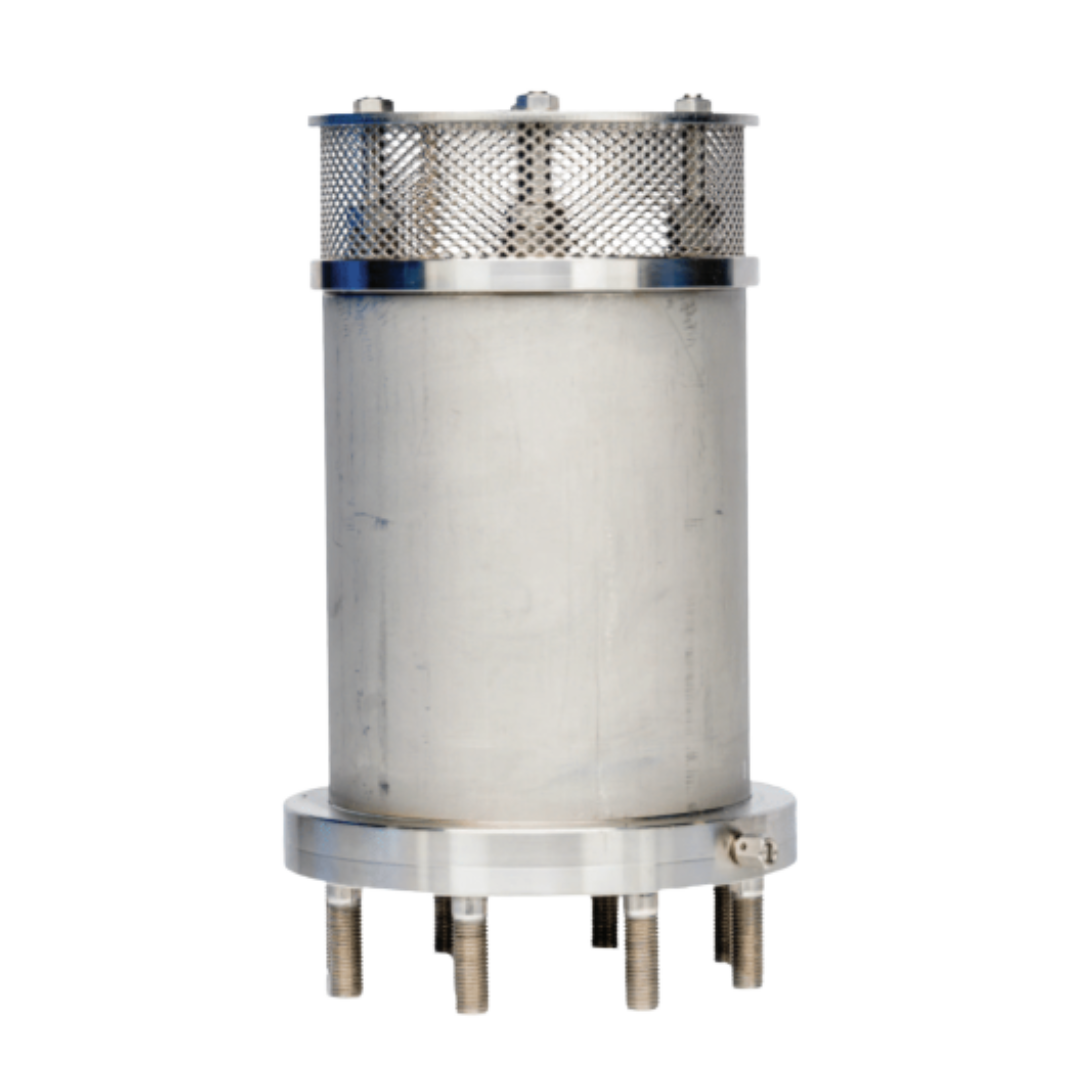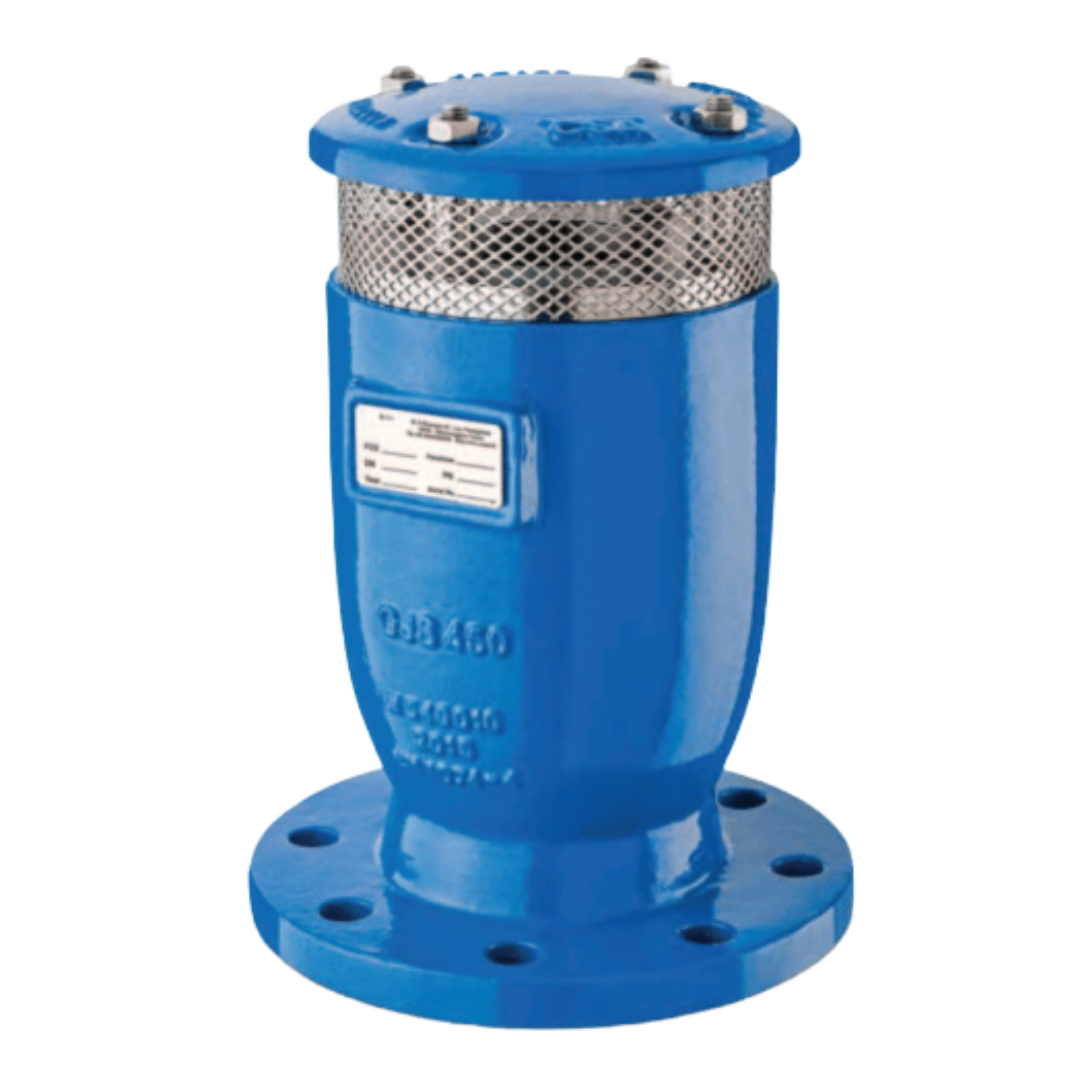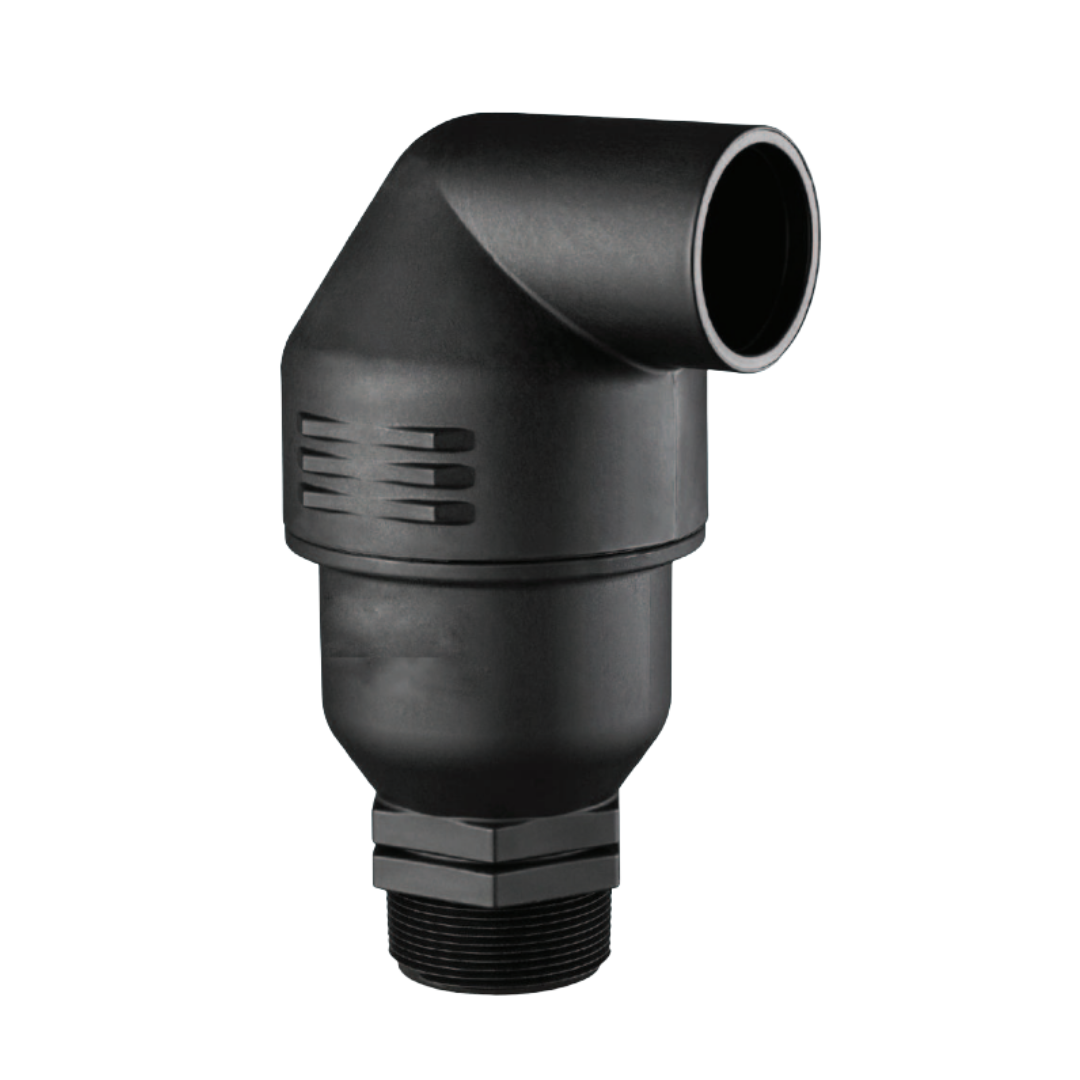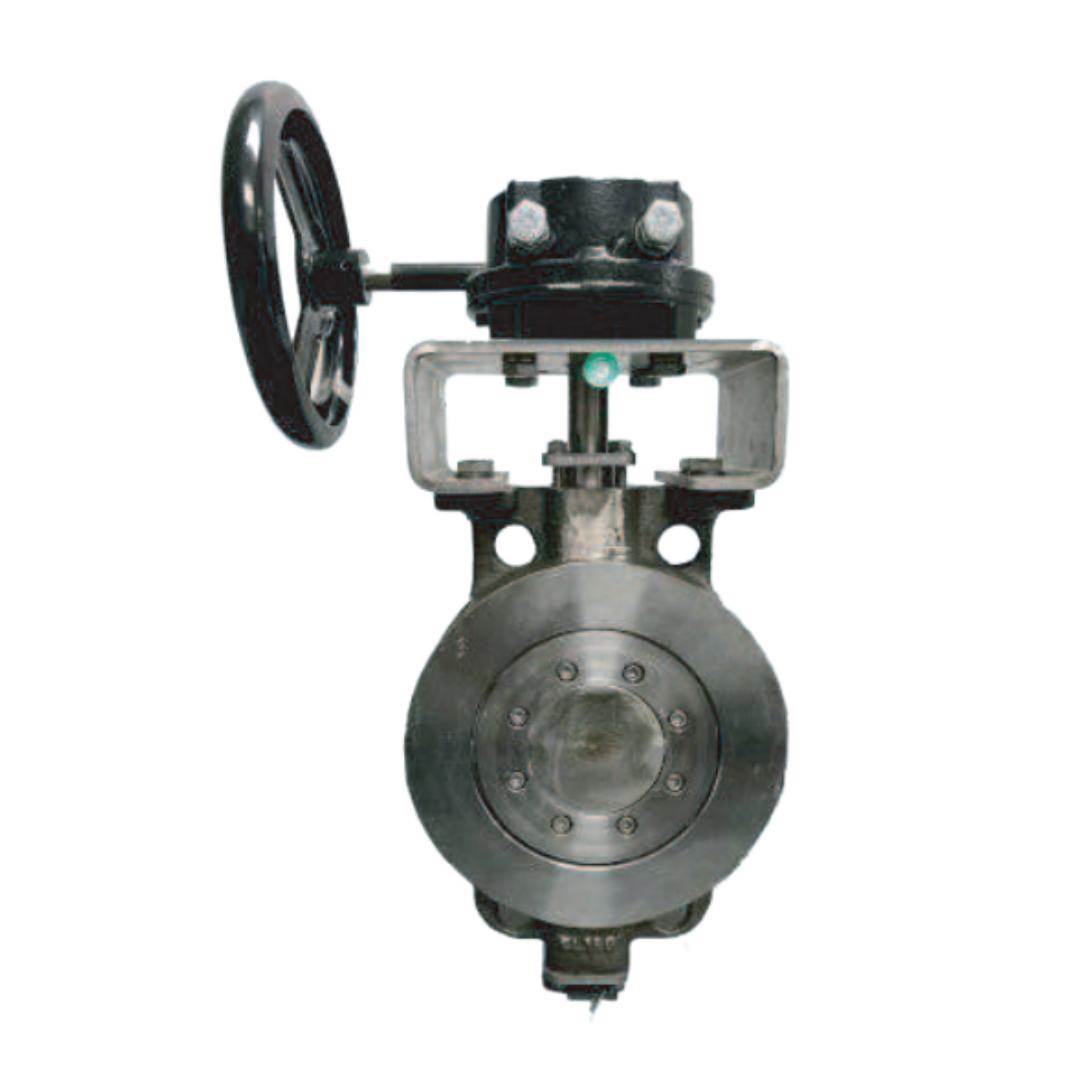In any high-stakes industrial system, selecting the correct valve isn’t a minor decision—it’s a matter of performance, protection, and process continuity. Especially when dealing with high-pressure, corrosive, or abrasive environments, the wrong valve can lead to:
Mechanical failure
System-wide downtime
Dangerous leaks or safety hazards
Costly repairs or replacements
That’s why understanding the different types of butterfly valves—and their specific capabilities—is crucial. From concentric designs to double eccentric and triple offset butterfly valves, each serves a purpose, and selecting the right one can make or break your operation.
At AvTek Valves, we help clients identify the right solution for their specific conditions. Our DEX Double Eccentric Butterfly Valves are trusted in industries where failure is not an option—because they’re built for durability, control, and efficiency under the toughest demands.
What Is a Butterfly Valve?
A butterfly valve is a type of quarter-turn valve that uses a rotating disc to regulate flow. When open, the disc aligns with the flow direction, allowing fluid to pass. When closed, the disc rotates to seal against the valve seat, stopping flow completely.
Advantages of butterfly valves include:
Compact design
Fast operation
Lightweight structure
Cost-efficiency
Versatile material options for a range of media
However, the real distinction lies in the internal geometry—specifically, the alignment of the stem and the disc in relation to the valve seat. This determines performance, longevity, and suitability for specific systems.
Types of Butterfly Valves
1. Concentric (Zero Offset)
The simplest design, where the shaft is centered in the valve body and the disc rotates directly on the seat.
Ideal for:
Low-pressure systems
HVAC applications
Water distribution systems
Limitations:
The disc contacts the seat throughout operation, causing friction
Poor performance in high-pressure or high-temperature applications
Lower sealing capacity compared to offset valves
2. Double Eccentric (High-Performance Butterfly Valves)
Also called double offset valves, this design introduces two offsets:
The shaft is offset from the center of the valve body
The shaft is also offset from the sealing surface of the disc
This allows the disc to move away from the seat during operation, reducing wear and improving longevity.
Benefits:
Lower operating torque
Less seat degradation over time
Improved sealing for higher-pressure and moderate-temperature applications
Best used in:
Water treatment
Power plants
Seawater systems
Industrial steam and gas services
This is the category of AvTek’s DEX Butterfly Valves.
3. Triple Offset (Zero Leakage, Metal Seated)
These valves add a third offset—a conical sealing surface that enables a cam-like closing motion. This results in zero rubbing between the seat and disc during operation, which ensures zero leakage and longevity in the most extreme applications.
Applications include:
Refining and petrochemical
Offshore oil and gas
High-temperature gas systems
Hazardous chemical containment
Drawbacks:
Higher cost
Precision installation required
Not necessary for general industrial use
The Double Eccentric Advantage: Performance Without Overengineering
While triple offset valves are essential in extreme environments, most industrial applications don’t require that level of complexity—or expense. That’s why double eccentric butterfly valves are considered the optimal balance of durability, sealing performance, and cost-effectiveness.
Our DEX Series is engineered to outperform traditional valves by reducing contact friction, improving control accuracy, and significantly extending the valve’s operational life.
The DEX Double Eccentric Butterfly Valve by AvTek
Designed for mid- to high-pressure environments, AvTek’s DEX Series is built for resilience, consistency, and efficiency across multiple industries. These valves are built with precision materials and are thoroughly tested under rigorous industrial standards.
Standard features:
Body sizes: 2” to 72”+
Pressure class: Up to PN40 or ANSI 300
Body materials: Ductile Iron, Carbon Steel, Stainless Steel (304, 316), Super Duplex
Seat options: EPDM, PTFE, NBR, metal seated
Disc materials: Stainless Steel, Duplex, Aluminum Bronze
Operation: Manual, Electric, Pneumatic, or Hydraulic actuation
Why Industrial Experts Choose DEX Valves
Superior Sealing at Higher Pressures
The double eccentric mechanism ensures that the disc only contacts the seat during the final degree of closure, minimizing stress and achieving a tighter seal than concentric designs—making DEX valves ideal for fluid isolation, control, and throttling in critical systems.
Extended Valve Life
Reduced friction means reduced wear. Unlike concentric valves, where every operation grinds down the seat, DEX valves preserve both the seat and the disc, extending service intervals and reducing total cost of ownership.
Adaptability to Corrosive and Abrasive Fluids
DEX valves can be built with corrosion-resistant or erosion-resistant materials based on the nature of the fluid. For example:
Super Duplex or Aluminum Bronze discs for seawater
PTFE-lined valves for chemical resistance
Metal seats for abrasive slurry applications
Lower Torque Requirements
Because of the reduced contact between seat and disc, these valves require lower torque to operate. This translates into smaller, more affordable actuators and reduced wear on automation systems.

Industries That Rely on DEX
Water & Wastewater Treatment
Whether controlling raw intake or isolating clarifiers, the DEX valve excels in high-volume systems where tight shut-off and resistance to scale or biofilm are essential.
Energy & Power Generation
Used in cooling systems, turbine bypass, and condensate lines, DEX valves provide excellent control and safety for mission-critical systems.
Chemical & Petrochemical
DEX valves are often used to manage aggressive or hazardous media, thanks to compatibility with chemical-resistant materials and leak-tight sealing.
Marine & Desalination
Seawater is notoriously corrosive. Our DEX valves offer marine-grade options, with body and disc materials designed to resist corrosion, biofouling, and long-term salt exposure.
Real Case: Improving Reliability in a Mining Operation
A copper mining facility was experiencing significant valve wear and failure in their tailings management system. Concentric butterfly valves were failing every 8 months due to abrasion and pressure fluctuations.
After switching to DEX Double Eccentric Butterfly Valves with stainless steel discs and metal seats, their system experienced:
A 400% increase in valve life
60% reduction in downtime due to valve maintenance
Smoother flow transitions and improved process control
Actuation Options to Match Any Control System
AvTek’s DEX valves are compatible with:
Manual handwheel or gear-operated systems
Electric actuators with modulating or on/off control
Pneumatic actuators, including fail-safe spring return
Hydraulic actuators for high-torque or remote applications
All actuators can be paired with:
Position indicators
Limit switches
Solenoid control
Smart valve controllers
Engineered to Spec: Customization Options
Because no two applications are alike, AvTek offers extensive customization:
Face-to-face dimension options (per ISO, ANSI, AWWA)
Custom flange drilling
Special coatings or linings
Extended shaft or stem designs
Bonneted or cryogenic configurations
Vacuum-rated or fire-safe options
Technical Compliance & Certifications
Our DEX butterfly valves meet or exceed major international and industry standards:
ISO 9001 quality management
API 609
MSS SP-68 / SP-67
EN 593
ASME B16.5 / B16.47 flanges
ANSI / AWWA compatibility
PED and CE compliance for European applications
Each valve is hydrotested, seat-tested, and comes with a full material test report (MTR) upon request.
[BANNER PLACEHOLDER: Download the DEX Valve Product Brochure]
Included in the brochure:
Product specifications
Pressure-temperature ratings
Seat and disc compatibility matrix
Actuation guides
Installation and maintenance instructions
Cost vs. Consequences: Making the Right Call
It might be tempting to reduce costs by opting for a simpler, lower-cost valve. But in systems where reliability matters, the real cost is not the valve—it’s the downtime, the emergency repairs, and the lost production caused by failure.
The DEX Series provides:
Reliable shutoff in critical processes
Extended life in aggressive media
Peace of mind with lower maintenance needs
Full automation compatibility
That’s what performance engineering looks like.
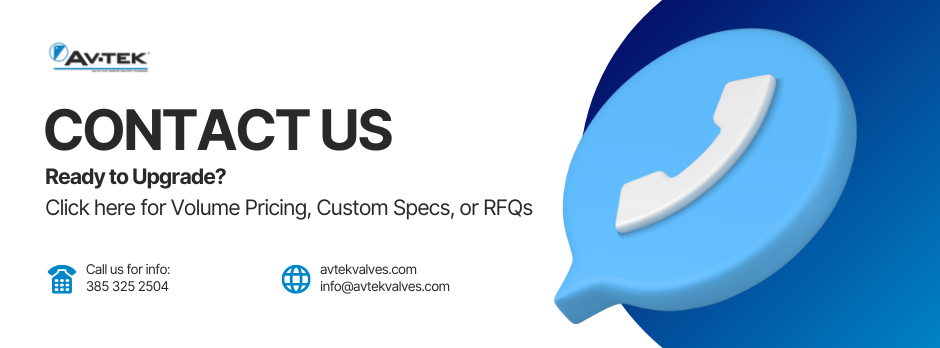
Ready to Specify a Better Valve?
At AvTek, we believe that every industrial system deserves precision-fit valves engineered to last. Our technical team is ready to review your application and help you select or design a DEX valve to fit your exact requirements.
Visit our full catalog or connect directly with a product engineer.
Explore our DEX Valve Range
Contact us for pricing, specs, or consultation
Frequently Asked Questions
Q: How does a double eccentric valve reduce wear compared to concentric designs?
A: In a double eccentric valve, the disc moves away from the seat as soon as it begins to open. This means the disc doesn’t rub against the seat until the final moment of closure, reducing friction and extending the life of the valve.
Q: Can I use a DEX valve for throttling applications?
A: Yes. DEX valves can be used for both isolation and throttling in many medium-pressure systems. For precise control, use a modulating actuator with position feedback.
Q: What’s the maximum size available for DEX valves?
A: We can manufacture DEX butterfly valves up to 72 inches or more, depending on flange standard and application. Custom sizes are available.
Q: What makes a double eccentric valve more cost-effective than a triple offset valve?
A: Triple offset valves are essential in critical or extreme applications but are more expensive and complex. For most industrial systems, a double eccentric valve like the DEX offers excellent sealing and durability at a more affordable price point.
Final Thoughts: Don’t Compromise
Industrial valves are not interchangeable. Every detail—from material compatibility to actuation speed—matters. When you choose a butterfly valve, you’re choosing a frontline component that impacts your entire operation.
With AvTek’s DEX Double Eccentric Butterfly Valves, you’re not just buying a product—you’re investing in long-term performance, technical support, and engineering trust.
Let’s make sure you get it right.
Contact AvTek today and experience the difference of engineered precision.






